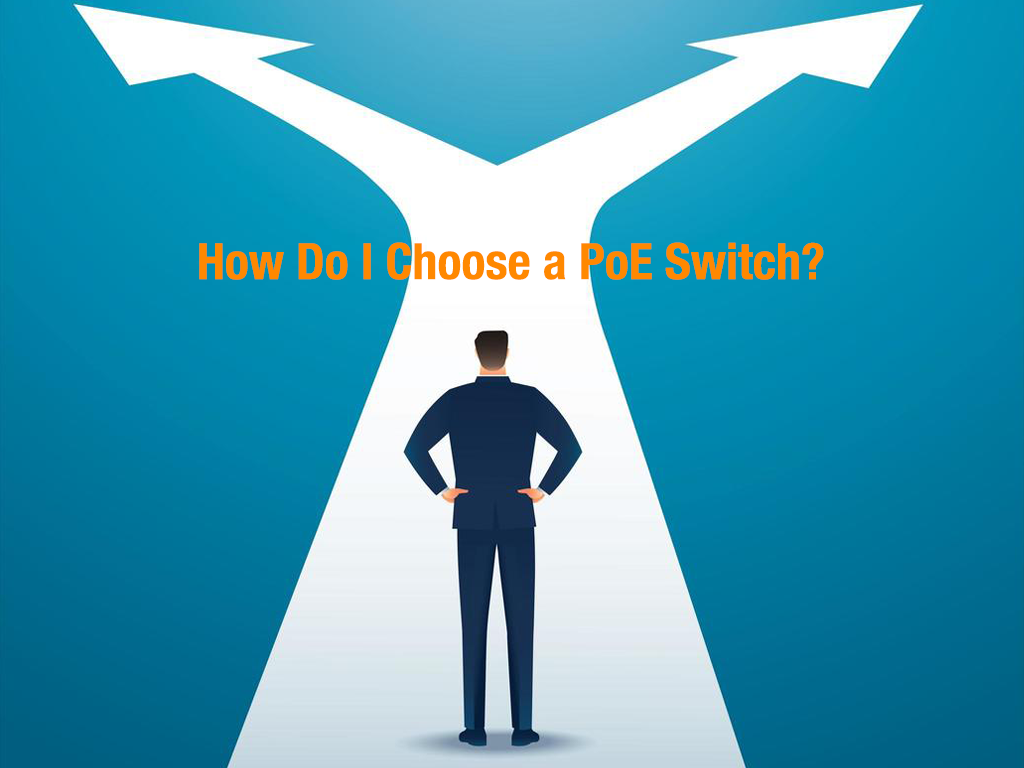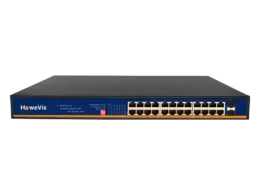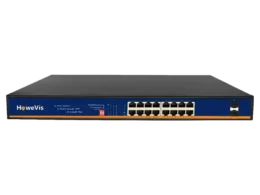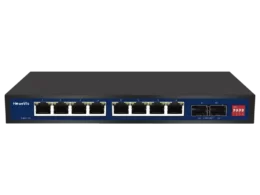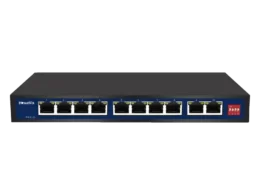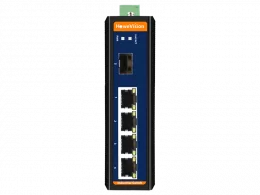Choosing the right PoE switch is a challenging task. You may consider the switch’s data rate, power consumption, ports, and optical transmission.
Do you want a PoE switch but don’t understand how to select one? The number of PoE switches continues to increase in the market.
Therefore, the choice can be difficult. But that’s why I am sharing this article today. It aims to help you understand PoEs, their types, the critical variables you ought to look out for in PoEs, and a little more. So read on to get this help!
But First, How Will Your Business Benefit from a PoE Switch?
Different enterprise sectors have continued to install PoE-compatible devices and infrastructure. That’s because of the increasing demand for improved network access with little or no disruption.
So, can your business also benefit from PoE switches? Absolutely! How? In the ways discussed below:
Saving Costs
Take a look at your business. For example, do you hire professionals for electrical installations? Besides, do you pay for it quite often? With a PoE switch, you will save on such costs since you will no longer need to hire such professionals.
Quick/Fast Installation
PoE Switches are rapid to install. First, connect the PSE (Power Sourcing Equipment) to your local PoE extender. It will provide power.
Next to connect is the networking cable. Then, connect the remote and local extenders with a Cat 3 or Cat 5 cable, coaxial cable, or twisted-pair cable. Finally, click the network and power cables from the remote extender to a powered gadget/device.
Safety
Do you worry about electrical hazards? Is Power over Ethernet safe? Well, PoE switches are very secure. It is because they use pretty low voltages, thus safe.
Flexibility
PoE switches are very flexible. As a network administrator, you can deploy the powered devices anywhere.
You can also use shielded cabling in outdoor environments, but you should consider industrial-grade powered devices if you are thinking of industrial environments.
What Type of Switch Does Your Business Need?
Before choosing the best switch, you must understand your application’s specific needs.
Nevertheless, Ethernet switches come in three basic types: Unmanaged, Managed, and Web-smart. Of course, there are many more forms of these switches, but I am trying to focus on the basics.
Unmanaged Switches
Simply put, unmanaged switches are plug-and-play. They are easy to deploy because they do not require configuration or setup.
For this reason, they cannot control network traffic. Unmanaged switches are usually useful in local networks with few devices, such as surveillance cameras.
Managed Switches
The functionality of managed switches is similar to that of unmanaged switches. They connect Ethernet devices, which enhances communication.
However, managed switches come with more features and functions. You will mainly find these switches in large networks, where we must focus on network traffic.
As an administrator, you will also be able to manage, control, monitor, configure, and troubleshoot network problems.
Web-smart Switches
The web-smart switch is suitable for a mid-sized network that requires some management. Moreover, this switch uses a web browser to provide basic management features.
It also provides different features, including the following;
- Redundancy capability
- Simple Network Management Protocol (SNMP)
- Quality of Service (QoS)
- Command Line Interface (CLI)
- Rapid Spanning Tree Protocol (RSTP)
- VLANs, LACP, and much more
But, its configuration flexibility scope is poorer, with little or no security features.
Other Critical Variables You Need to Look Out for in PoE Switches
Choosing the right PoE switch requires understanding your organization’s needs and where you intend to see them.
Advanced device use planning is essential for choosing the best PoE switch. In addition, other critical variables are worth looking into when selecting a PoE switch. They include:
Data rate
Look at your existing network. What is its speed? Do you intend to upgrade it? To what speed do you expect to upgrade it?
It is essential to look at these speeds while selecting the best PoE switch for your network. With particular PoE switches, all the speeds below are available:
- Fast Ethernet (10 Base-T and 100 Base-T),
- Standard Ethernet network speeds (10 Base T networks)
- Greater (1/10G)
- Gigabit Ethernet (1000 Base T networks)
- Power consumption
Look at your powered network devices and appliances. What is their total power consumption, including the power the PoE switch consumes? Is it within the PoE switches’ operational capacity?
You can connect all powered network devices and appliances simultaneously, depending on the PoE switch type and the number of ports.
Your PoE switch should allow uninterrupted data transmission without losing power or signal. Calculating the power budget can avoid signal loss and power budget depletion.
However, if you need help calculating your power budget, our team at Howevision is always ready to assist.
Port density
Consider your organization’s network. What is its size? And what is its potential growth? Answering these two questions should help anticipate the port density.
PoE switches offer 48, 24, 16, 12, and 8 ports to support Ethernet cabling and connectivity. They may also provide more ports. For example, a PoE switch with 8 to 16 ports will meet the requirements if you have a small or home network. We have PoE switches with varying numbers of ports. For example, you can check our 14-port PoE switch.
Are you looking at a large and diverse network with the system needs of institutions, data centers, or corporate organizations? Then, you better go with a PoE switch containing 24, 48, or above ports. For example, you can check out our 24-ports PoE switch, the best one in our industrial PoE switch series.
Optic transmission
UTP cabling has maximum effectiveness and a length of 100 meters. Likewise, fiber optic cables use PoE media converters to support a higher bandwidth capacity and longer distance over UTP cabling.
Thus, the optic transmission bridges the bandwidth and distance requirements. The data goes to network devices and appliances over the PoE UTP cabling. Here is my guide on how to run PoE over a long distance.
Need Additional Help Selecting Your PoE Switch?
As seen above, there’s a lot that you need to look at before selecting a PoE switch. You don’t want to pick any random switch. Instead, you want to choose the right one. And that might take time.
That’s why you need to be careful and patient. After all, nothing good comes easy. I understand how finding the right PoE switch can be challenging. That’s why our team is ready to help you find it.
If you want to use our switches, we are always here to help. So, get in touch, and our team will suggest the right PoE switch to support your organization’s network.
Final Thoughts!
Ethernet switches come in many different types. Thus, it is never easy to select the right switch. That’s why you must understand these types.
Get to know and understand the Unmanaged, Managed, and Web-smart switches. Moreover, the data rate, power consumption, and optic transmission should be considered.
Of course, you can ask all your relevant questions now. So do your due diligence in research, and don’t forget that our team is always here to help if you need more assistance!
